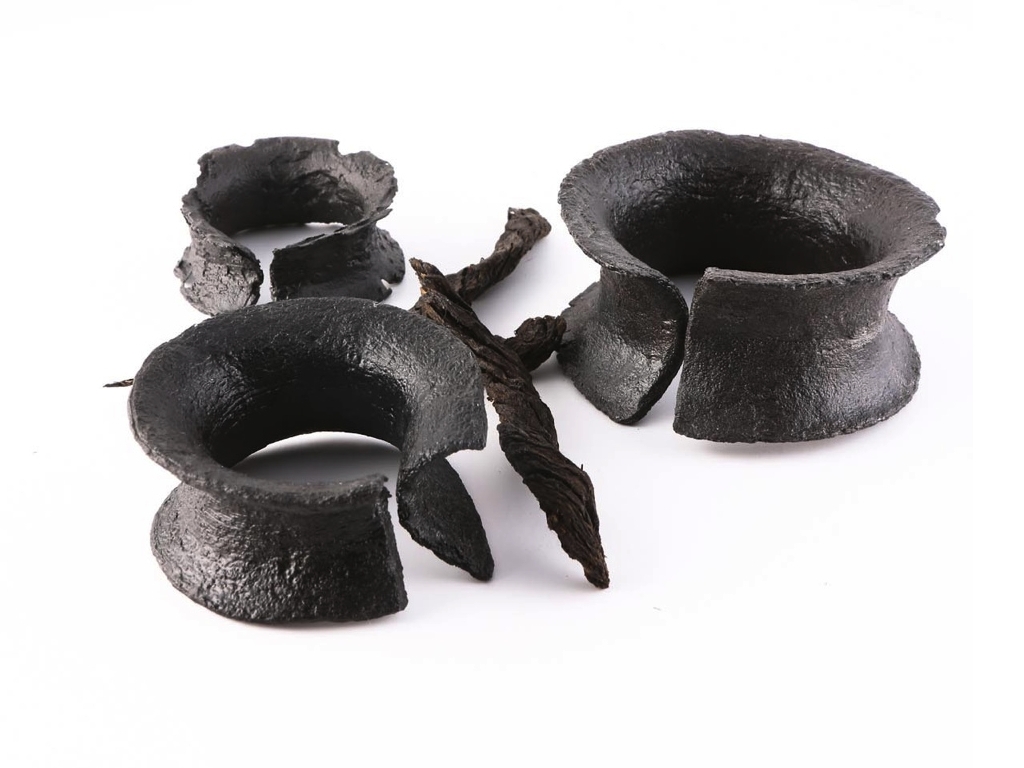A True Crossroads
Place de la Gare is where travellers to Québec arrive by bus or train. City residents also frequently come here to relax by the huge fountain in the shade of the Gare du Palais, whose architecture calls to mind the French roots of Québec City. A few years ago, secrets from our past were unearthed here when the site was being redeveloped.
The new Gare du Palais
On August 10, 1916, Canadian Pacific and two other rail companies inaugurated Union Station, a new building in their extensive network. Later renamed Gare du Palais, it replaced three obsolete Québec City terminals. Henri-Edgar Lavigueur, then mayor of the city, was very clear about how this major event would benefit Québec City’s economy: The new station, located near the port, would be used to ship goods across the country. It was also hoped that the stature and modernity of the station would breathe new life into the neighbourhood and lead to the construction of hotels to accommodate the many visitors.
A modern palace
For the new station, the three companies chose imposing architecture similar to that of Château Frontenac, which Canadian Pacific had been operating for several years. They commissioned the construction of a large edifice to be built in a French style inspired by the châteaux of the Loire Valley, the same style that had made Québec City’s top hotel so famous.
Inside what appeared to be a Renaissance palace was in fact a modern, fully functional station. Its L-shaped design made it possible for several trains to arrive at the same time. It featured the most modern sanitary facilities and the day’s latest telegram and telephone technology. Massive steel arches supported the structure while providing a resolutely modern look. There was also a 12-metre high bay window that bathed the huge entrance hall in natural light.
Past and present meet
Nearly a century later in 1998, Place de la Gare was fully redeveloped for the 390th anniversary of Québec City, to help revitalize tourism in the area. Archaeological digs carried out on the site uncovered remains of an old royal naval shipyard that dated back to the time of New France. Archaeologists also discovered a 17th century shipwreck and the foundations of the Saint-Paul Market, which had been built over during construction of the first station in 1875.
Two works of art
Two public artworks adorn Place de la Gare. The central fountain sculpture, entitled Éclatement II, is by Charles Daudelin, a master of abstract sculpture whose work combines movement, volume, and matter. In this piece, the powerful spray of water pays homage to Québec’s hydroelectric heritage. The fountain also echoes the artist’s work at Place du Québec in Paris, entitled Embâcle, highlighting the ties that bind these two capitals of the French-speaking world, one in North America, the other in Europe.
The second artwork, entitled Rêver le Nouveau Monde, is by Michel Goulet. It is composed of 40 chairs engraved with the words of Québec authors from the 19th century to today. Their words relate our dreams, our identity, and our history. For Goulet, the themes of the chairs are sharing, community, and transience. Like travelling on a train for a few hours, the chair is yours while you need it, then it belongs to someone else.
Related medias
Artifact

Eighteenth century eyelets found at the site of the railway station. Royal shipyard, 1739–1748. Ville de archeological collection.
Old pictures